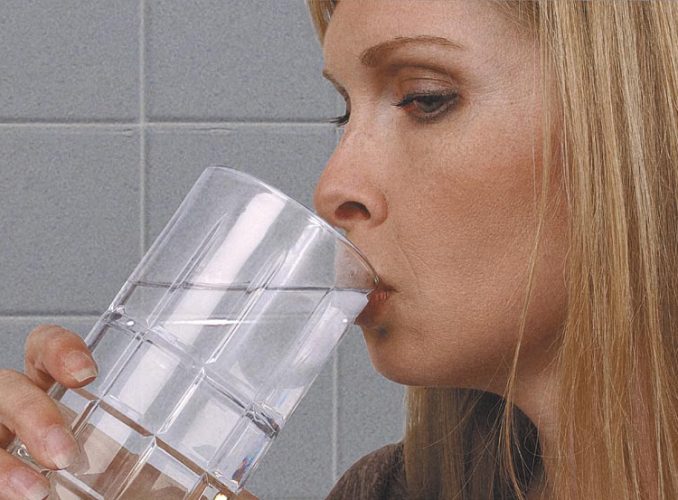
By Per Peterson
Is there a copper issue in Tracy’s water?
According to the City of Tracy’s latest water report, the city has exceeded the action level for copper for the first time. On a large scale, there is no real cause for alarm. However, the city warns that some people who drink water containing copper in excess of the action level over a short period of time could experience gastrointestinal issues. Continued drinking of such water over time could also lead to liver or kidney damage.
While this is the first time the city as a whole has reached action level, residential properties within city limits have done so in the past, Daniels said.
In response to the copper issue, the City has performed a corrosion control study to make the water less likely to absorb materials like copper from residents’ plumbing.
“Residents do not need to be necessarily alarmed, but should be aware of the plumbing systems within the home to determine how much risk of contamination they are up against,” said City of Tracy Public Works Director Shane Daniels.
Daniels said a newer home with plastic piping don’t carry as much risk as one that utilizes copper lines from the city main. In that case, he said chances are “very high” that there is some level of contamination and that the copper issue is common in any community with homes that have older water piping. He added that without testing for contaminants, it is unknown if the copper level is at the high-risk stage.
Daniels said there are a ways to mitigate or reduce lead and copper contaminants. One option is to replace the water lines in the house with a plastic or poly pipe material, which would include the service line running from the city water main to the dwelling, he said. The second option is to install a water filter in the home meeting NSF Standard 53 & 58.
“There can be contaminates between the faucet and filter location, so this would likely only reduce the lead and copper levels,” he said.
Contaminants that might be present in source water include: microbial contaminants (viruses and bacteria), inorganic contaminants (salts and metals), pesticides and herbicides, organic chemical contaminants including synthetic and volatile organic chemicals — by-products of industrial processes and petroleum production, which can also come from gas stations, urban stormwater runoff and septic systems) and/or radioactive contaminants.
Daniels said the city is required by the Minnesota Department of Health to add chemicals to coat the pipes in homes that creates a barrier between the water and the outside of the pipes. This practice has already taken place for at least 10 years.
Concerned residents can go to http://www.health.state.mn.us/divs/eh/water/lead.html for more information. Information can also be obtained by calling the Environmental Protection Agency’s Safe Drinking Water Hotline: 1-800-426-4791.
